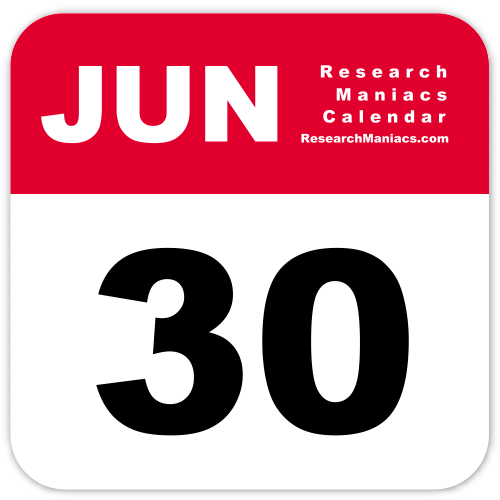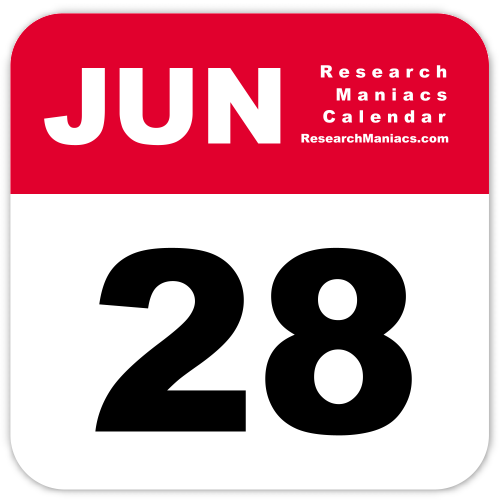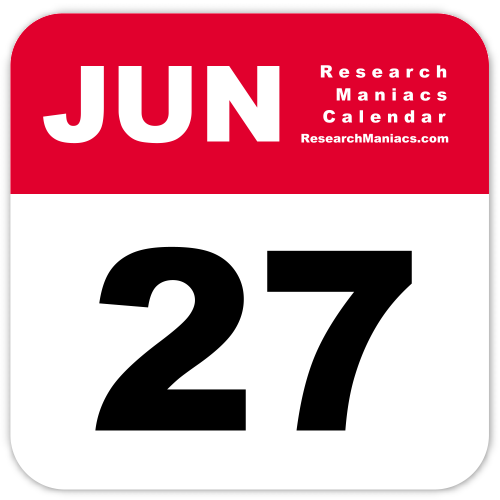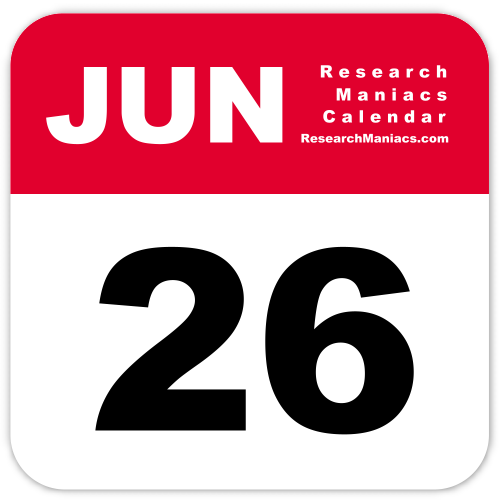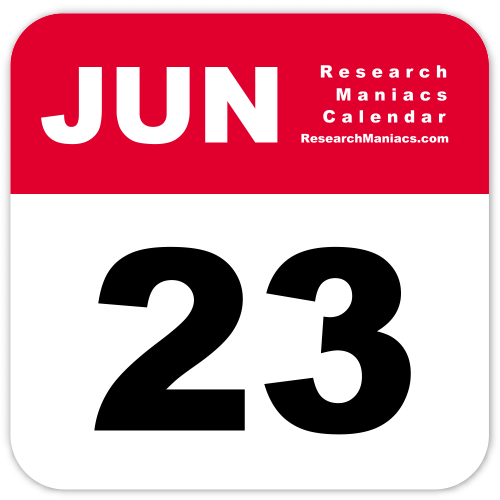GSAT-17 ,Heaviest satellite of ISRO launched
- The 3,477-kg spacecraft, the heaviest built by the Indian Space Research Organisation, will soon join the ring of 17 working national communication satellites that are already in orbit. It will add to the services they provide for broadcasting, telecommunications, VSAT services, meteorology, search and rescue, among others, ISRO said.
- Said to have over 40 transponders in different bands, “GSAT-17 is designed to provide continuity of services of operational satellites in C, extended C and S bands,” it said.
- ISRO Chairman A.S. Kiran Kumar said, “We have been short of satellite capacity and need to continue adding it for some more time. However, the [transponders] scene is definitely improving” after recent launches of communication satellites.
Army, PLA in a tug of war over Doklam Plateau
India and China are once again at loggerheads but this time the location is not the disputed territories of Arunachal Pradesh and Ladakh, but Sikkim a state which Beijing recognises to be part of India.
The Indian media reported on Monday that Chinese troops had entered India in the Sikkim sector and jostled with Indian Army personnel guarding the Sino-India frontier, besides destroying two bunkers.
The catalyst for the ongoing stand-off seems to be India's objection to China building a road in the Sikkim sector of the border. While India alleged that the area comes under its jurisdiction, China, on the other hand, said that the area "undoubtedly" is located on its side of the border as per the 1890 Sino-British Treaty.
The Doklam Plateau, north of the tri-junction between Sikkim, Bhutan and Tibet by Indian claim, is not just a disputed area, but has huge strategic significance for both India and China.
The few square kilometres of the plateau,is witnessing a tense stand-off between detachments of the Indian Army and the People’s Liberation Army (PLA) for the past few days. There have been several incidents that have culminated in the present situation, according to sources.
In recent days, the Chinese are believed to have destroyed temporary bunkers of the Indian Army, while the Indian Army is accused of objecting to a road construction by the Chinese side on the disputed area. Finally, there was also an incident of jostling among the soldiers of the two sides. Wedged between Bhutan, India and China are few areas of dispute — together accounting for just over 750 square kilometres. Among the disputed areas is Doklam (also called Donglang in China), which is just about 90 square kilometres where the present dispute is taking pace.
For Chinese to reach the China-Bhutan border posts, Doklam provides an easy way to construct their road, and they have been trying to do so and India has consistently objected to it. Not very far from Doklam is the strategically important Chumbi Valley in the Tibetan region, to which Chinese are now planning to expand their rail connectivity.
Bigger buffer
The disputed area also provides, according to India perspective, a bigger buffer to its sensitive Chicken’s Neck, or the Siliguri Corridor, which is an extremely narrow stretch of land that connects the north-eastern region to the rest of India. From the Chumbi Valley it is just a little over 100 kilometres away.
